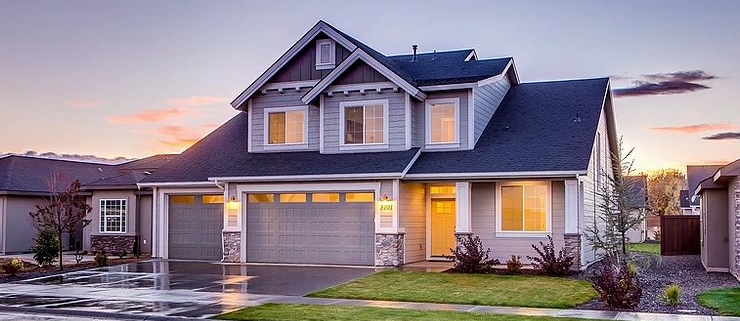Your Home Inspection can save you money, here’s why.
Home inspections can offer serious value. In fact, according to a new analysis, they save buyers an average of $14,000 per home purchase.
Lenders will require an appraisal of your new home, in many cases it is required. A Home Inspection unlike an Appraisal is optional, But having your home inspected can save you a bundle. Indeed, it can also confirm that your new forever-home and you are a good fit for you and your family.
Here’s what you need to know about Home Inspections and how they can save you money now and in the future.
In a nutshell, a home inspection will examine the physical structure and systems of a house, from the roof to its foundation, according to the International Association of Certified Home Inspectors InterNachi.
The process can help zero in on the need for repairs or identify builder oversights, and help you understand what maintenance tasks will need to be completed in the near future.
What’s covered and not covered in a home inspection?


Home inspections began in the 1950s, and by the 1970s, became standard practice for those looking for more assurances in the homebuying process.
In all, a standard home inspector’s report will cover more than 1,600 points.
Here are some of the general areas that are covered during a standard inspection:
-
Heating system
-
Central air conditioning system
-
Interior plumbing
-
Electrical systems
-
Roof
-
Attic
-
Visible insulation
-
Walls
-
Ceilings
-
Floors
-
Windows
-
Doors
-
Foundation
-
Basement
-
Structural components
To get an even more comprehensive overview of what’s included in a standard inspection, and what’s not, you can check out the International Association of Certified Home Inspectors’ standard practices.
For example, a roof inspection includes examining the roof materials, drainage systems, flashings, skylights, and chimneys, but doesn’t include an inspection of antennas or the interiors of chimneys that aren’t readily accessible.
Likewise, the structural integrity of walls are included in an inspection, but an inspector is not tasked with examining how well the paint or wallpaper will hold up over time.
Keep in mind that a home inspection is intended to point out adverse conditions, not cosmetic shortcomings.

Consider specialty Inspections
Since a standard inspection doesn’t cover everything, you can hire a specialty inspector to conduct:
-
Sewer scopes
-
Asbestos detection
-
Air quality testing
-
Mold Testing
-
Inspection for termites or other pests that could destroy a home’s structure
Also, it’s worth adding on inspections if you’re looking to buy a home with a swimming pool or if there are additional structures on the property.
How can home inspections save you money?
The costs of buying a home, of course, go beyond the listing price (for example, here are some unexpected closing costs to look out for).
A home inspection can cost anywhere from $300 to $1,000, and they take about two to three hours, depending on the size and age of the home.
But this is money well spent. A home inspection can identify potential money pits that could make your home a lot more expensive.
For example, some big-ticket repairs could include needing a new roof or a new heating and cooling system, projects that could both easily exceed $10,000.
If a major repair is identified during the home inspection, a seller may agree to make the repairs.
One final tip: When you’re looking to hire a home inspector, inquire about their credentials and look for accreditation with the International Association of Certified Home Inspectors (InterNACHI).
And make sure inspectors are insured and that they carry “Errors and Omissions Insurance.”



Leave a Reply
Want to join the discussion?Feel free to contribute!